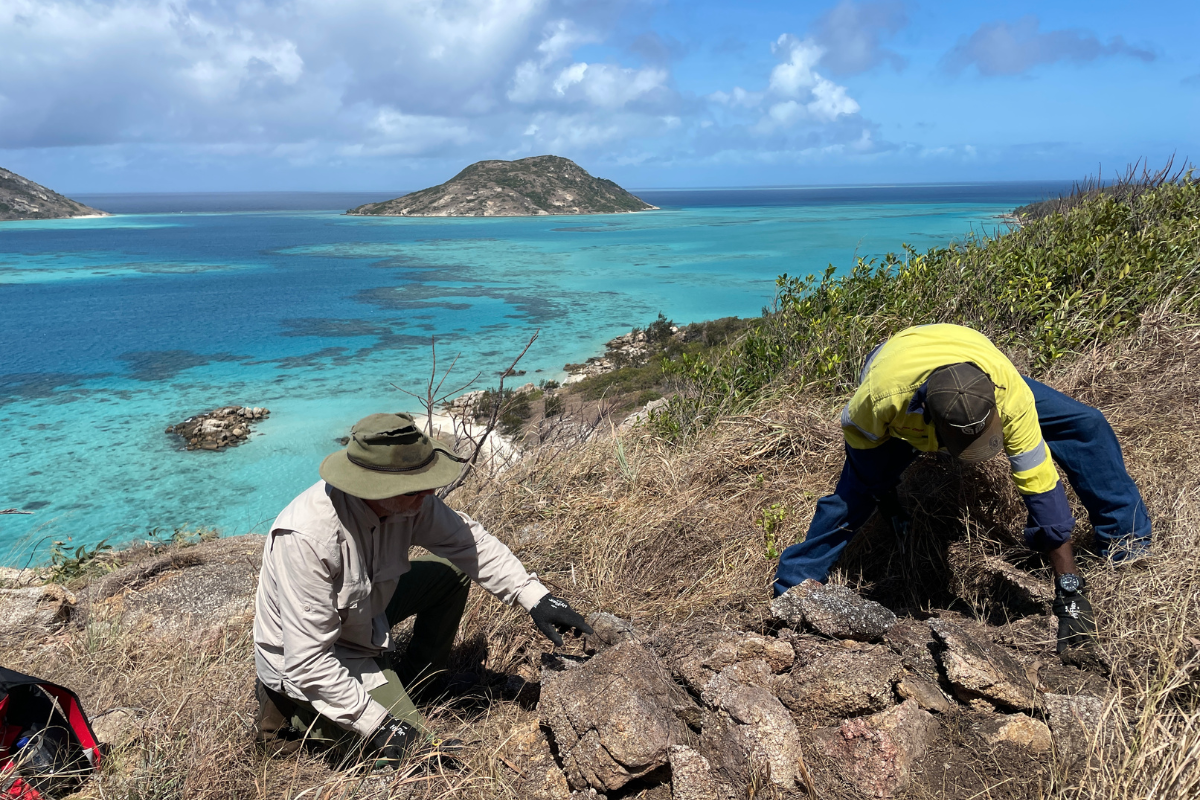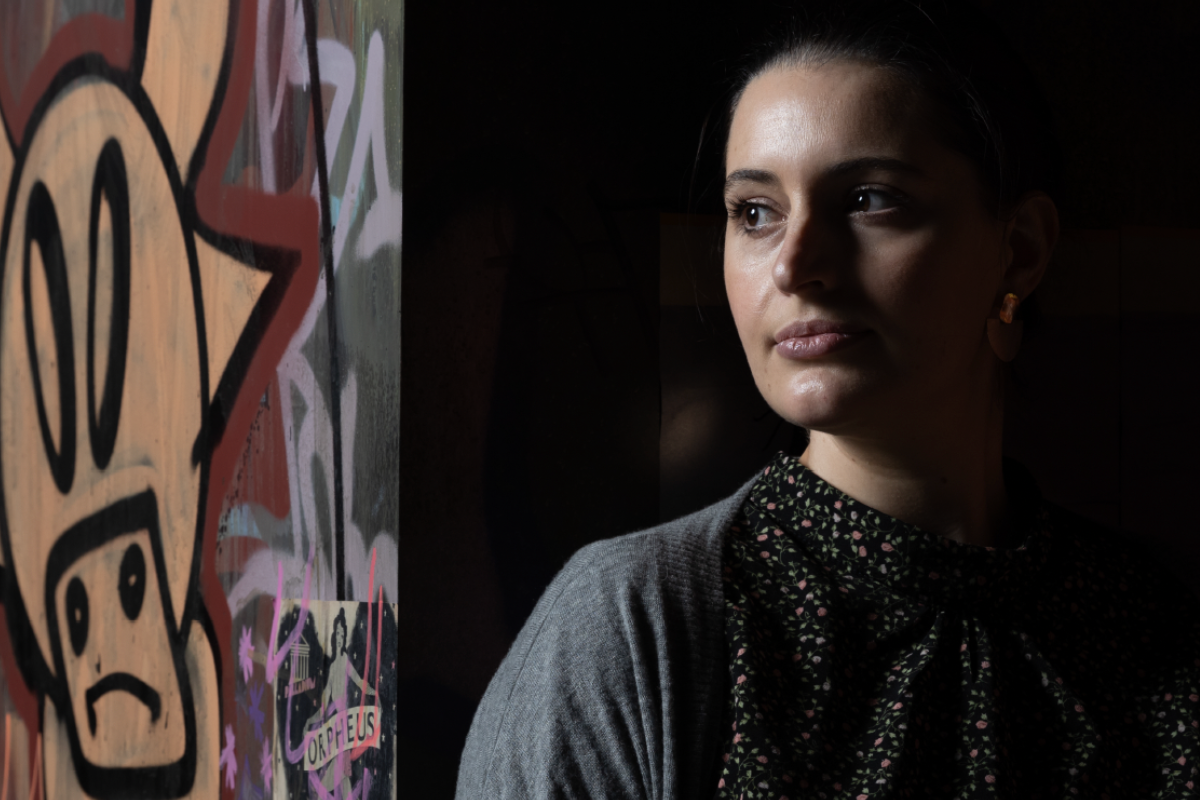
The HAL 9000 from 2001: A Space Odyssey by JohnnySlowhandWe are living, it seems, in a parallel universe.
On the one hand, we are told the skills of a humanities education are needed more than ever. On the threshold of the fourth industrial revolution, with artificial intelligence set to transform the workforce, major employers are recruiting graduates with core humanities skills: communication, creativity, critical thinking, writing, weighing up evidence and collaboration.
Malcolm Turnbull has identified the power of generalist degrees in the Humanities, arts and social sciences.
NSW Education Minister Rob Stokes has recognised the Humanities are as important as the sciences in a future characterised by globalisation and automation. Graduates who can produce evidence-based analysis, historical understandings, identify challenges in policy and assess ethical dilemmas are in demand.
But while the zeitgeist increasingly is moving to what the Humanities have to offer, the systems that underpin the production of those talents are being neglected.
The recent national research infrastructure announcement is a case in point. It allocated $53.4 million of research infrastructure funding across five years to platforms for the Humanities, arts and social sciences.
But $43m of that has been earmarked for a new CSIRO building for scientific research and $2.1m for the Atlas of Living Australia, which is concerned with biodiversity conservation, sustainable ecosystem development, environmental impact statements and the digitisation of biological collections.
Crucial as these are, they will not address the urgent need for underpinning technology and infrastructure to drive transformational humanities research and skills development.
Why does all this matter? Because the funding of humanities infrastructure is essential if we are to enable future research about culture, communities, environments, health and social wellbeing, and to training the next generation of the Humanities workforce.
Digital platforms in HASS allow researchers to process, combine and analyse information and support new discoveries about Australian life.
We know the possibilities from what the National Library of Australia’s Trove has been able to achieve. Its digitisation of newspapers and other records has transformed the way humanities research is conducted in Australia.
The Australian Data Archive holds more than 6000 datasets from 1500 projects from 1838 to the present. These include, for example, a longitudinal study of indigenous children — one of the largest longitudinal studies of indigenous people worldwide.
A recent addition is the National Community Attitudes Towards Violence against Women survey, which has been conducted in 1995, 2009, 2013, with a fourth round being undertaken. These collections represent just a fraction of data sources available that are dispersed across the country.
A co-ordinated approach across the research and GLAM (galleries, libraries, archives and museums) sectors is fundamental to facilitating new questions, new frameworks and understandings.
Our international counterparts have seen the way of the future in co-ordinating research infrastructure across cultural collecting and public institutions.
Europeana is a model and inspiration. More than 52 million artworks, manuscripts, books and videos from more than 3000 libraries, museums and galleries across Europe can be found on one website. Launched in 2008, Europeana brings together material from every country in the EU, including from institutions such as the British Library and the Louvre.
Researchers uncover new knowledge, but they do more. They analyse, examine and critique this knowledge differently when data is brought together from across various collections and platforms.
Australia is a decade behind in co-ordinating a national approach and in training researchers to deal with data at this unprecedented scale.
It is timely to reflect that this year, which marks the 50th anniversary of the film 2001: A Space Odyssey, it is not HAL’s technological prowess as a computer that is most chilling as he takes over the spaceship. It is his apparent human qualities: his critical analysis of information, his communication skills, decision-making and strategic thinking that make him terrifying. Director Stanley Kubrick implies these are the most powerful, enduring and timeless skills, whatever the technological advances made by science.
We need to fund enterprises in the Humanities that enhance these skills. It would be reckless to imagine a future without them. The time is now to invest in fostering and supporting humanities infrastructure platforms for the prosperity of the nation domestically and internationally.
It is in our hands.



